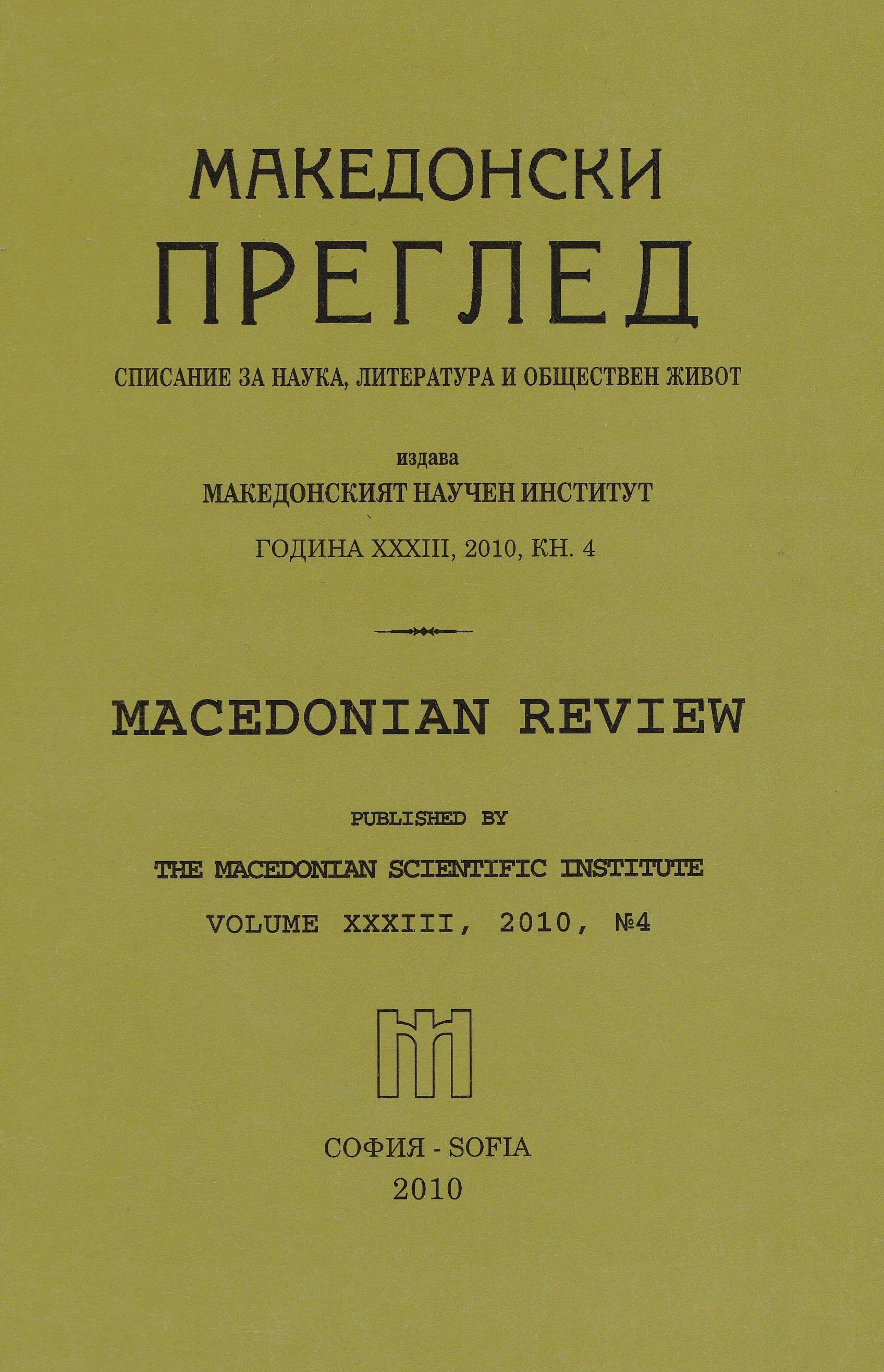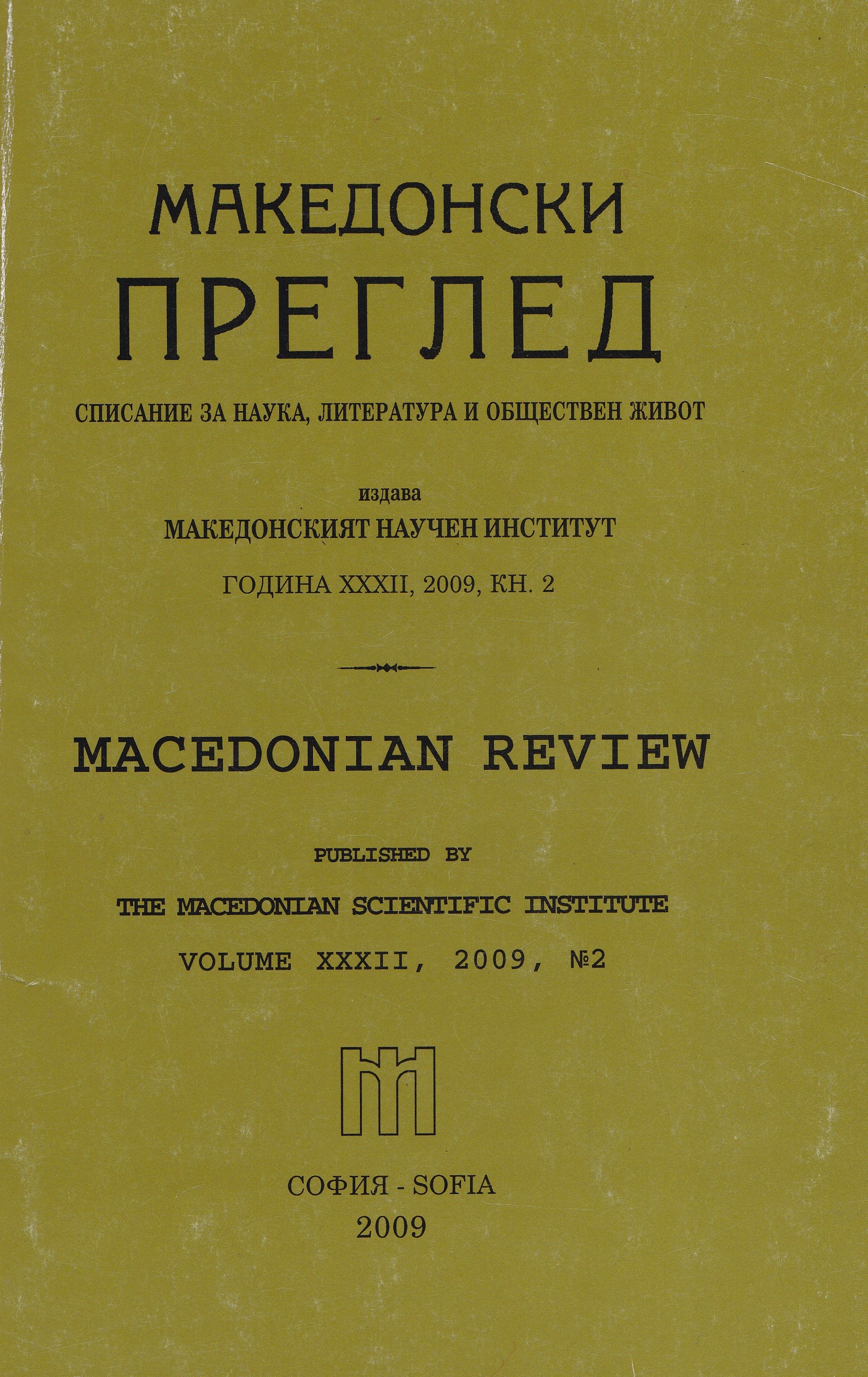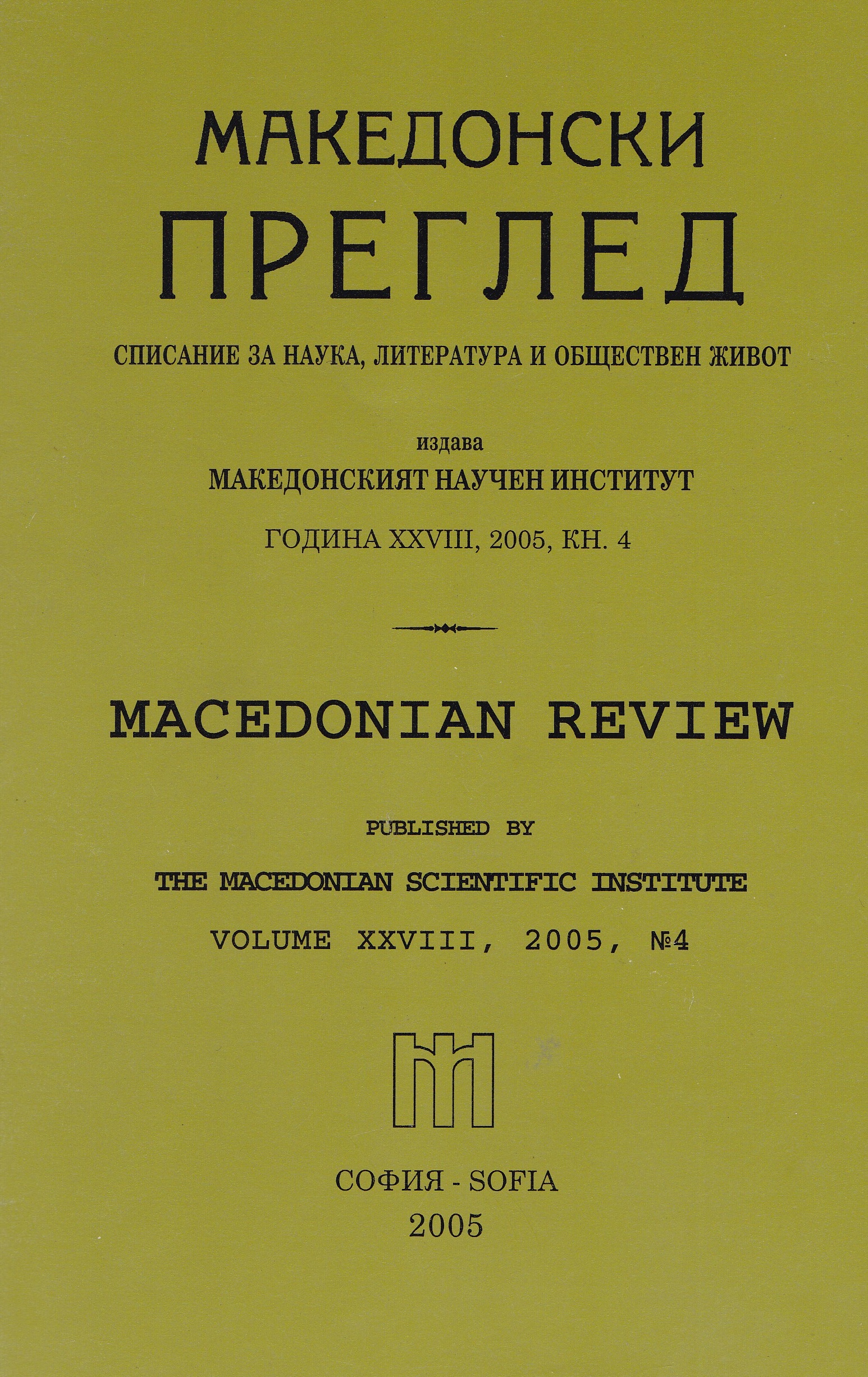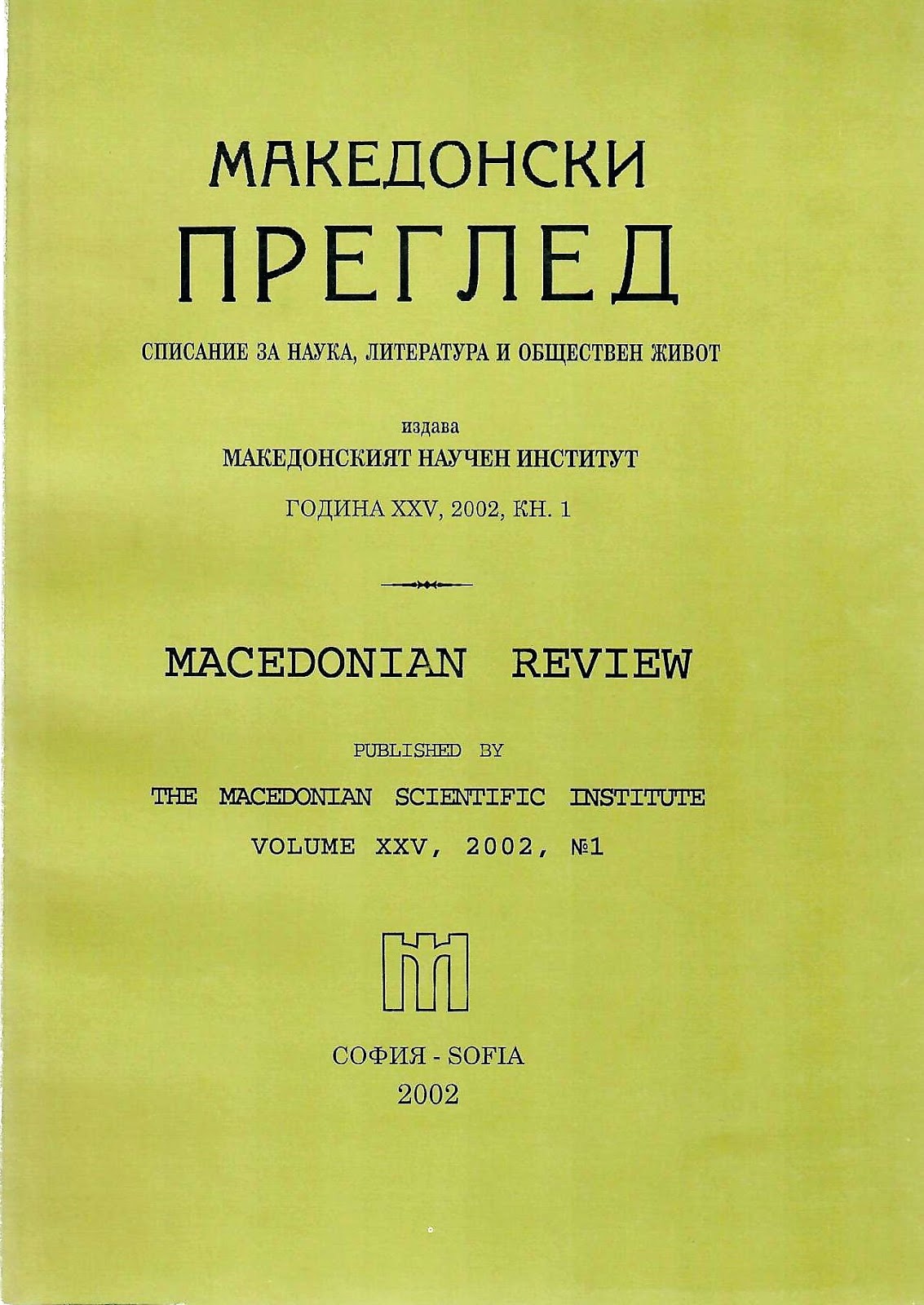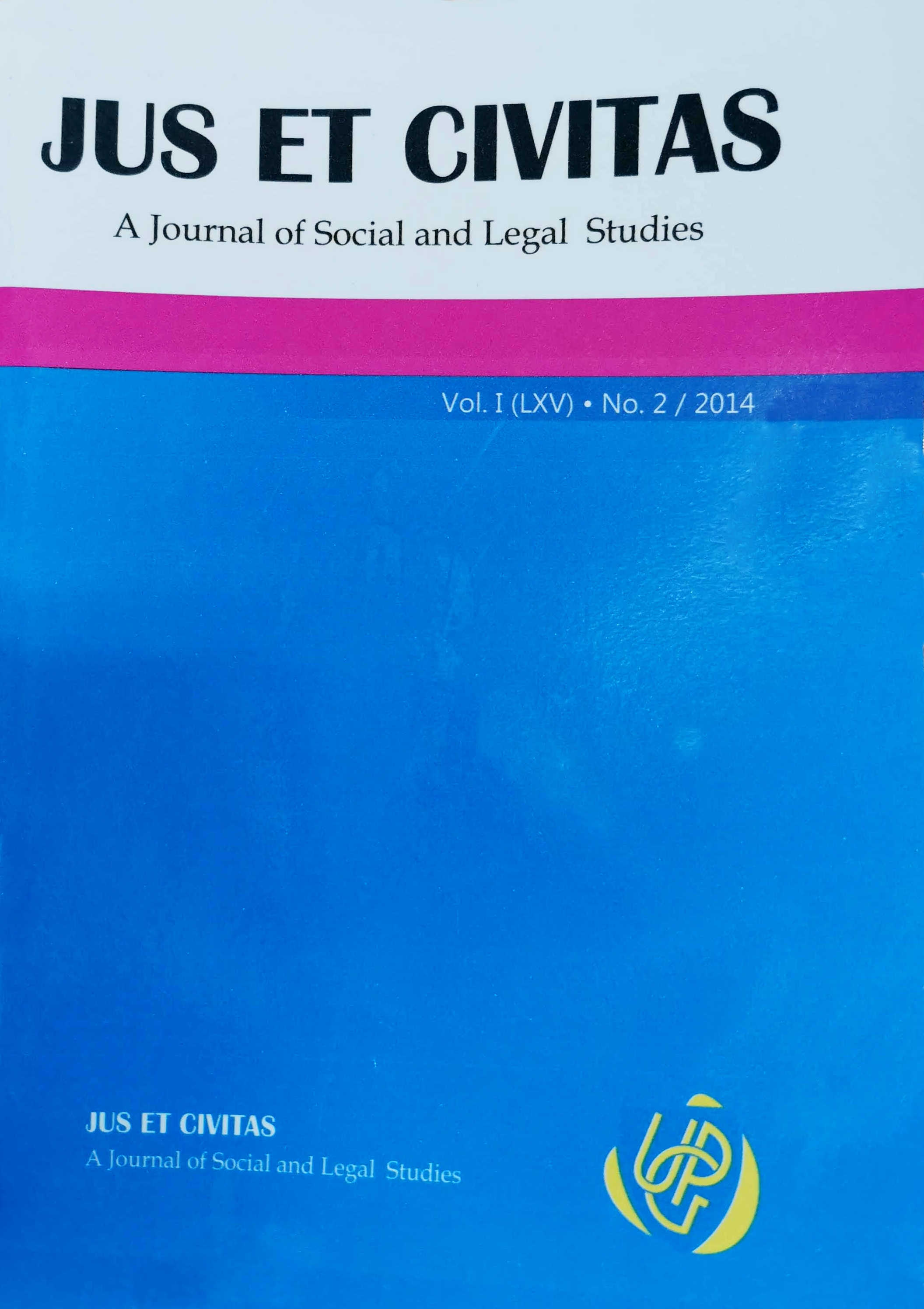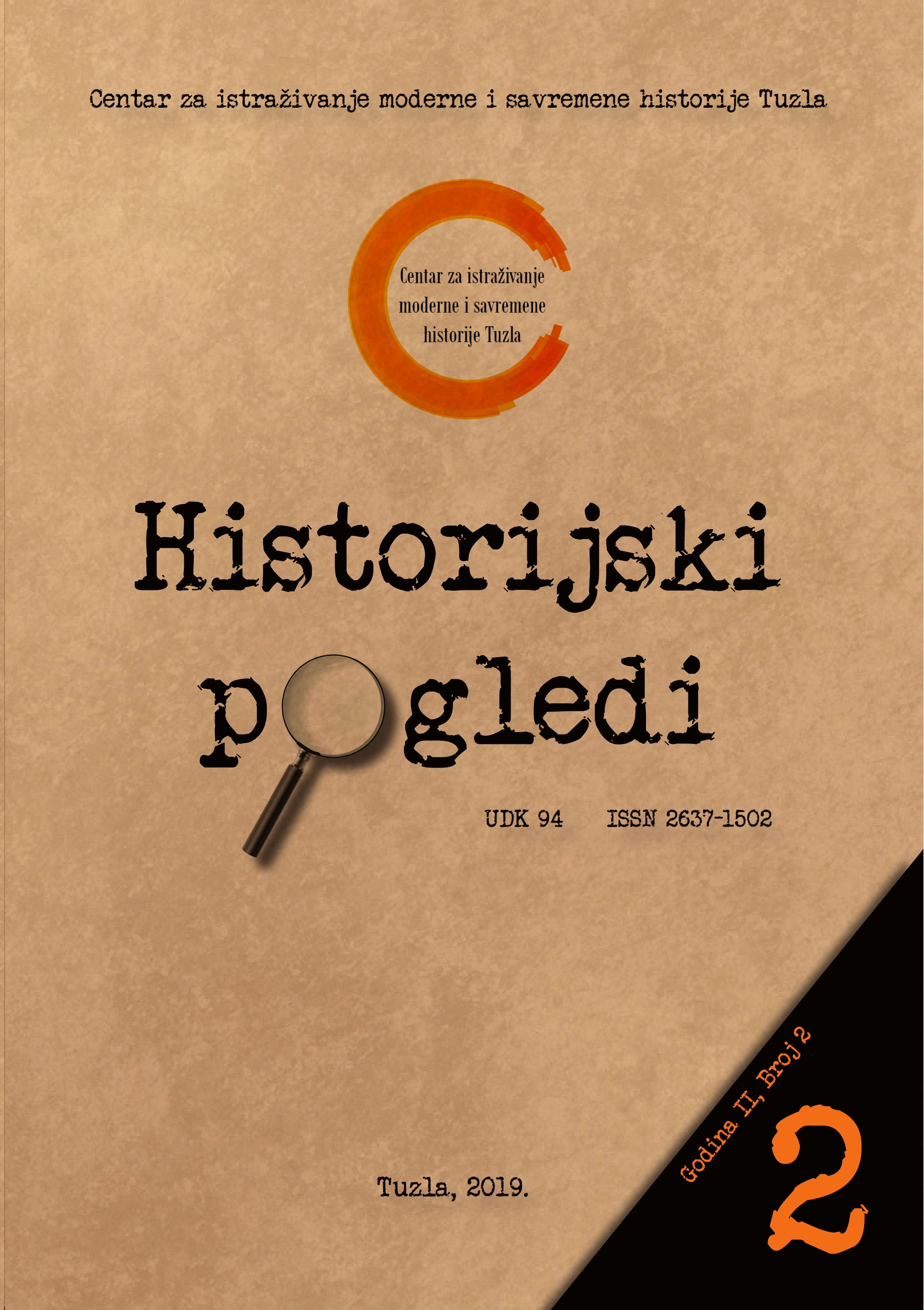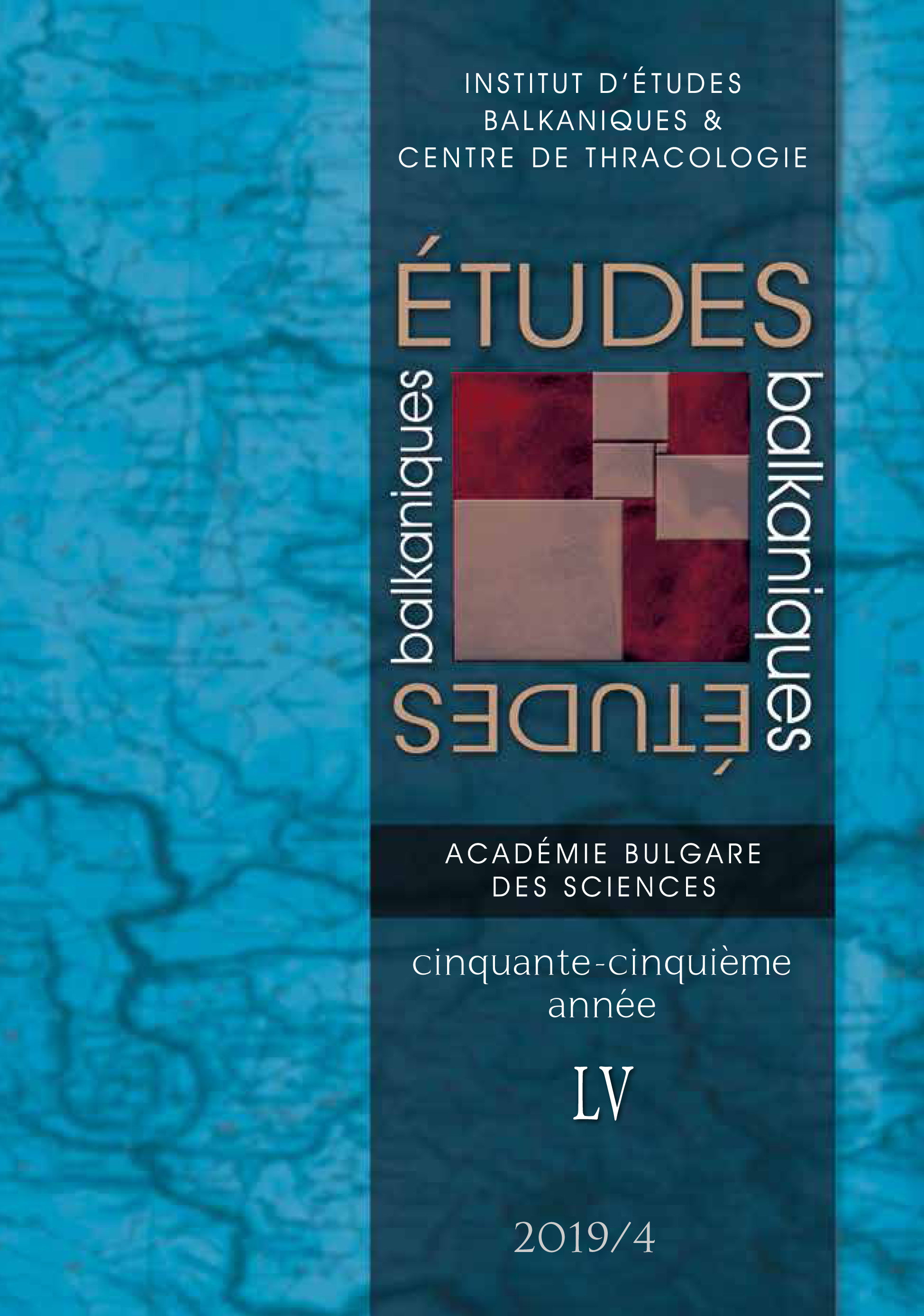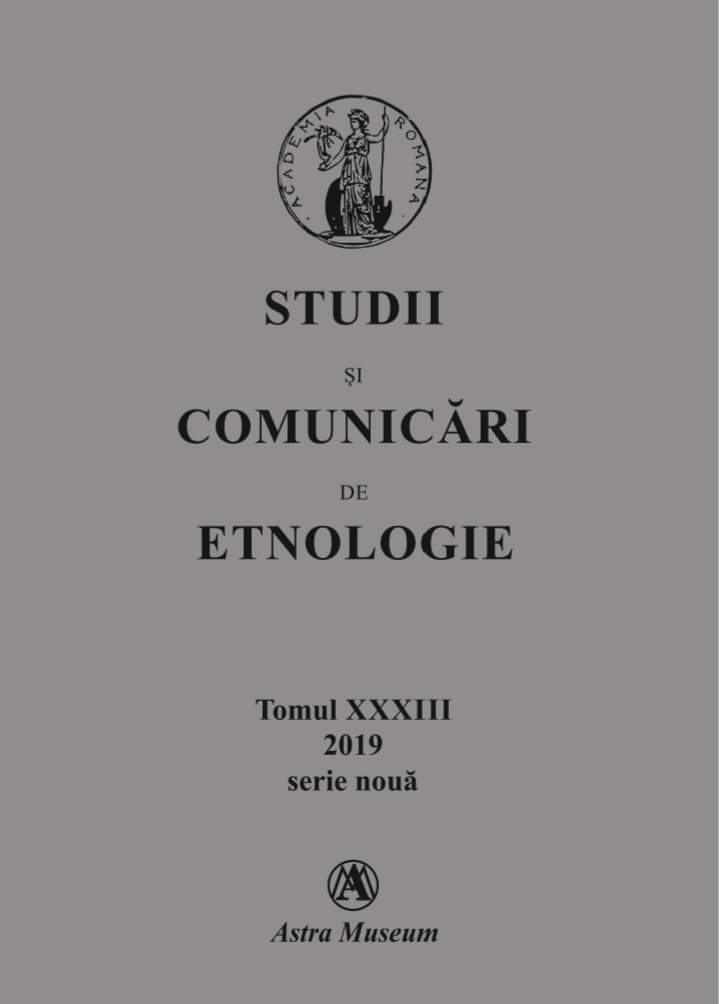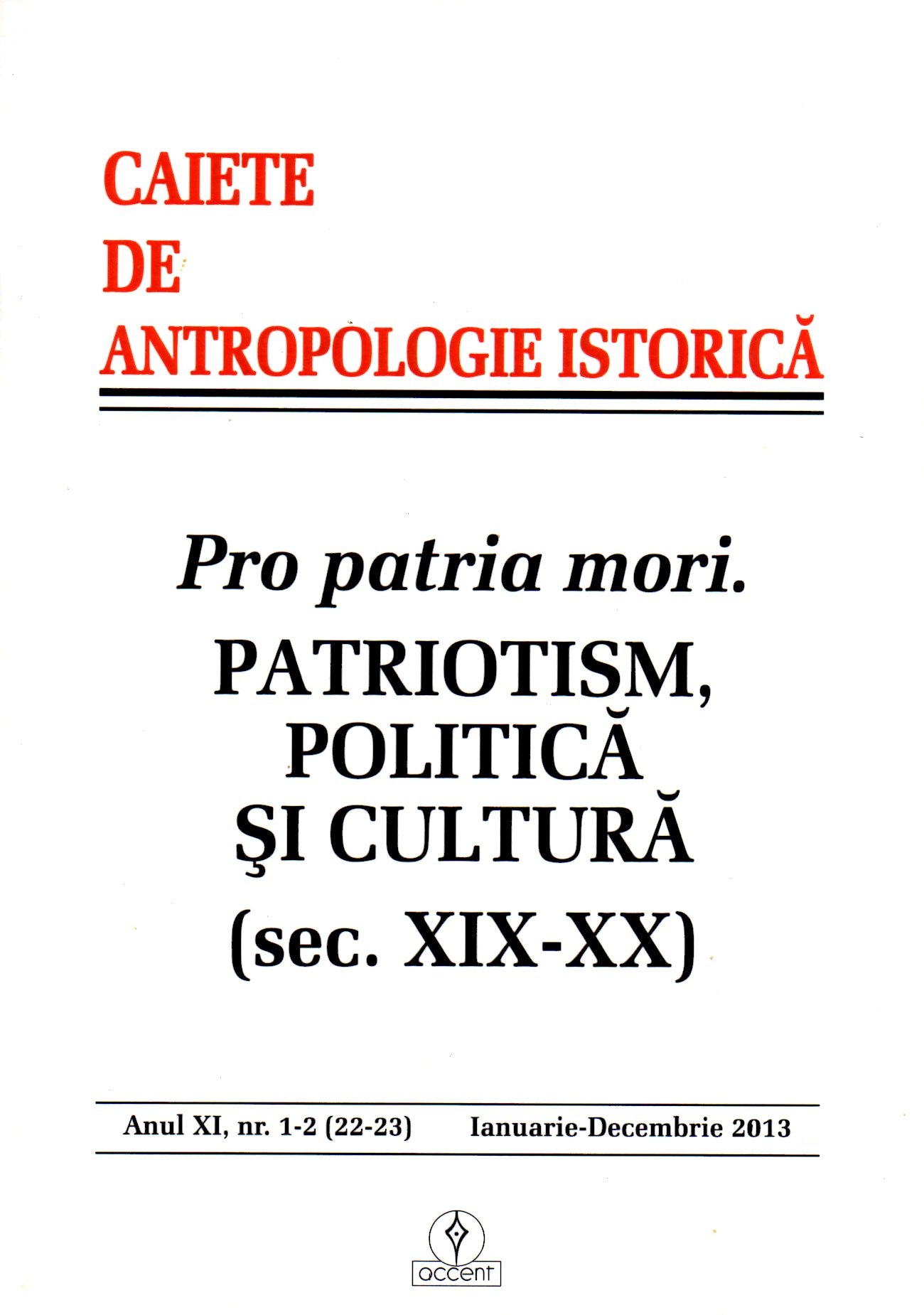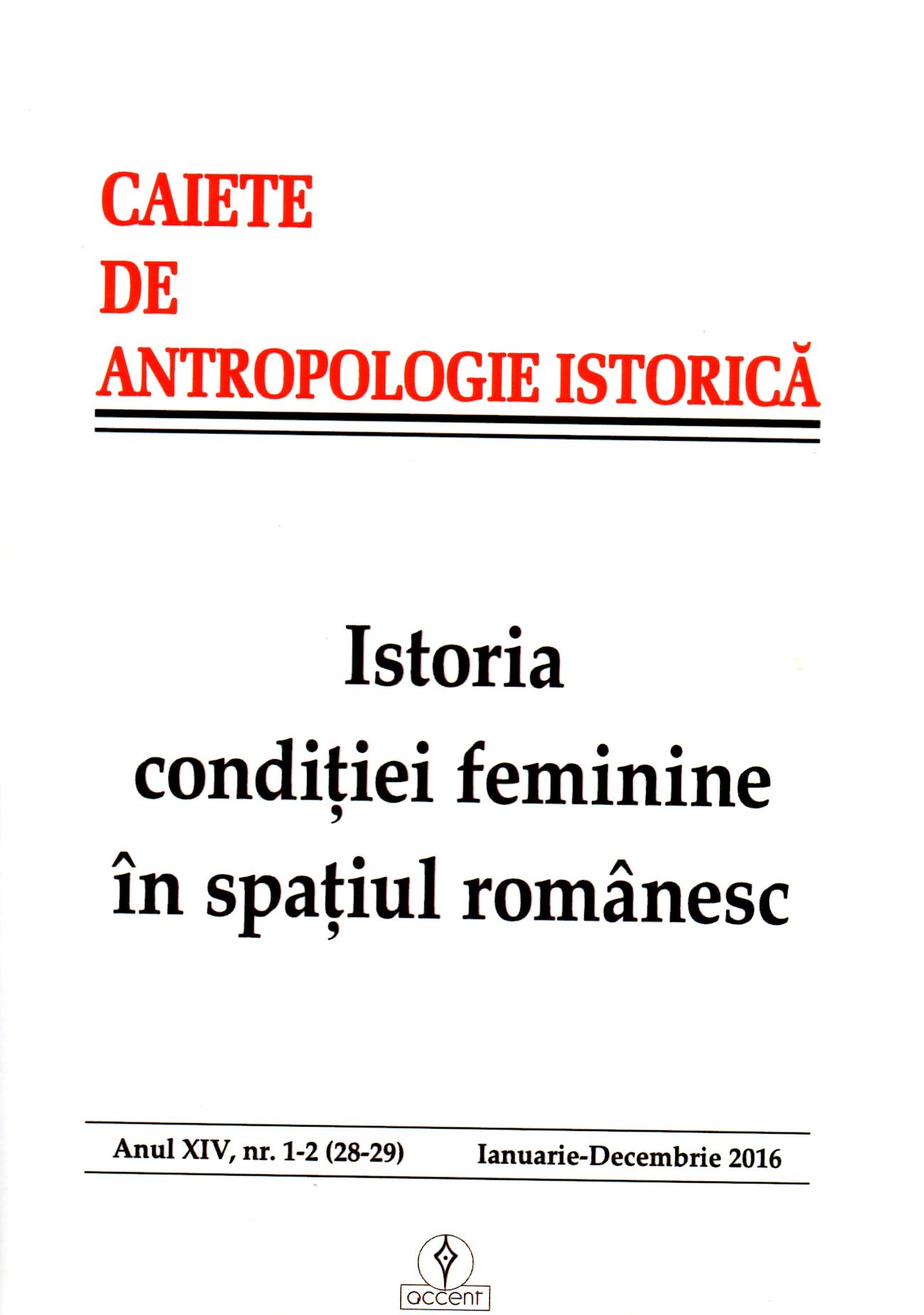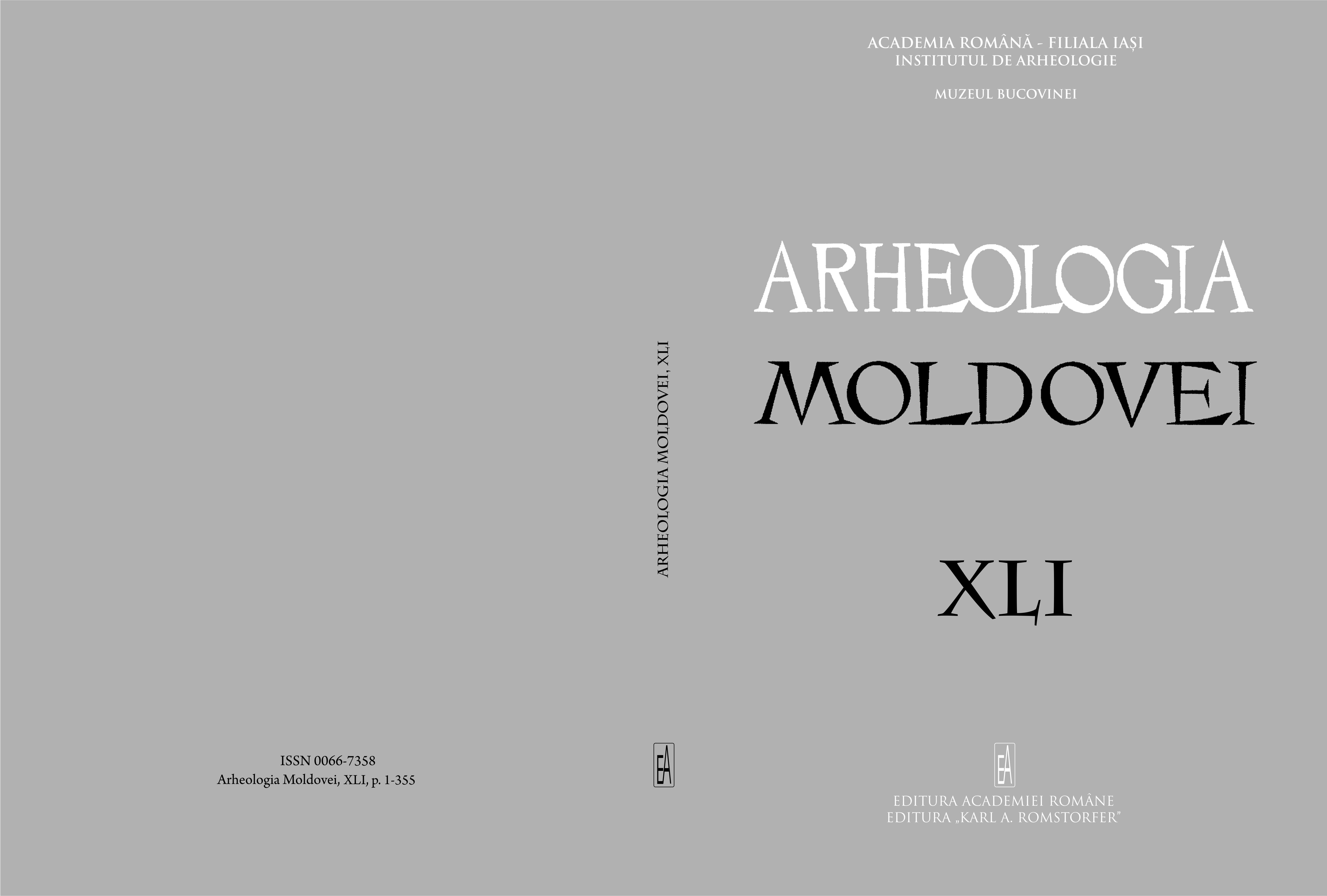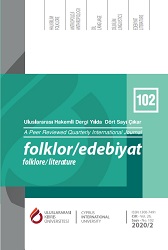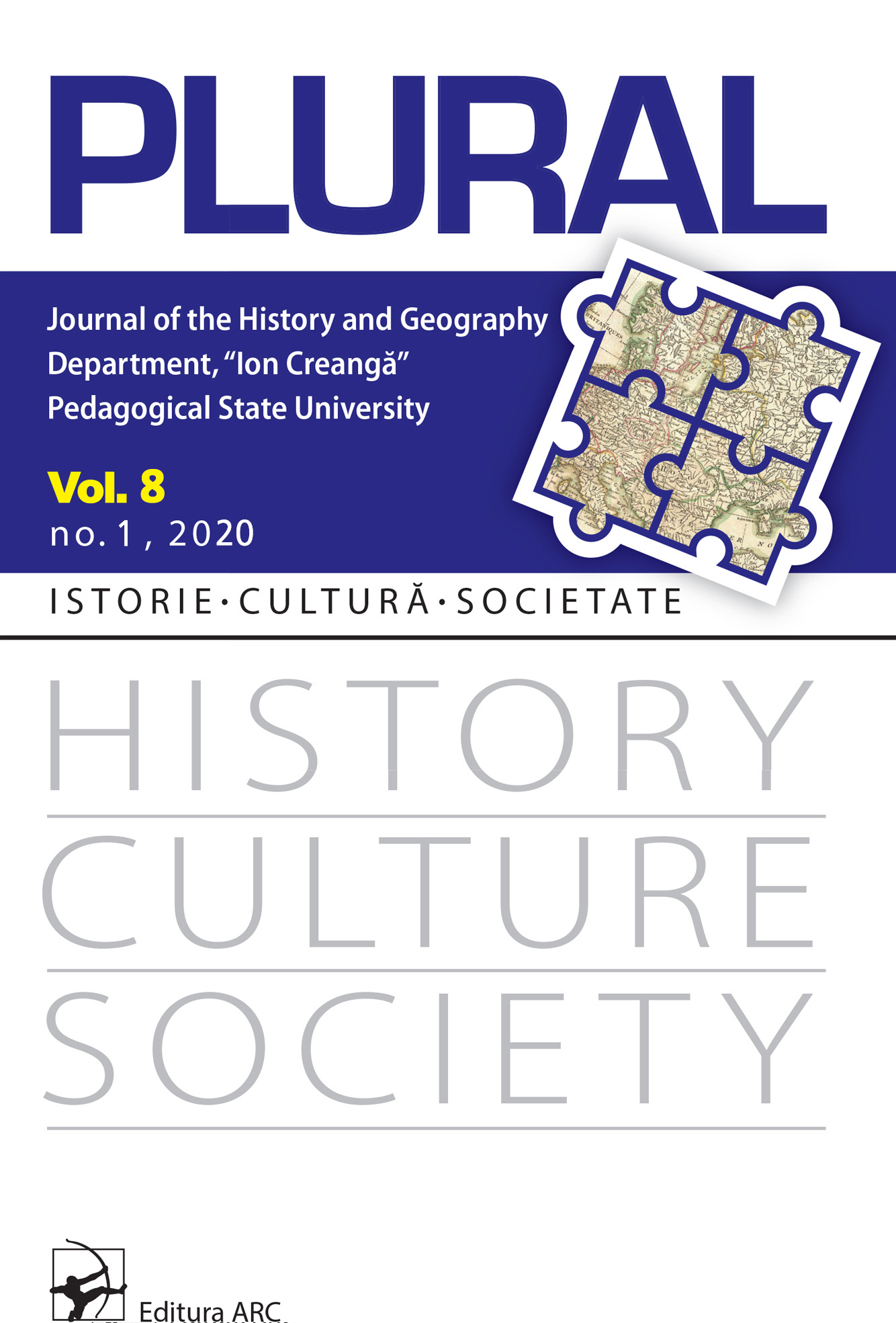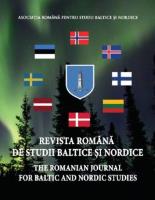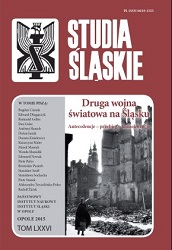
Vojenské trestní právo a vojenské soudy v Polsku a Československu 1943–1953
The study, based on the latest subject literature, compares the evolution of the military penal law and military courts in the last years of the war and the post-war period in Poland and Czechoslovakia. The current state of research on the issue is diverse in both countries in favor of the Polish science. Furthermore, the age range of the authors is much wider amongst the Polish scientists, which does not preclude the collations. In both cases, the standards of the military law were subject to the Sovietization process, which is characterized by broad repressions of a political nature. The process has begun in Poland already in 1943, in the Soviet Union, during the formation of the Polish Armed Forces (i.e. the Berling Army), which was carried out independently of the former Polish legal system. The author emphasizes in his considerations the elements of acquiring the Soviet model in Poland, which were directed against the civilian population in spite of the end of the war and the capability to interfere with the activity of the army by the civil services of the security apparatus. In the analysis of the role of the military court, the researcher highlights the importance of the Soviet judges and servicemen, who were firstly delegated to the Polish Army, and then in the role of the so-called advisors. The author’s analysis covers also the specificity of the military processes.In the case of Czechoslovakia there was a similar phenomena, however, only since the autumn of 1948. Formerly, a legal system was forced in the army, which was formed in the Habsburg times, i.e. with the liberal roots. In the Czechoslovakian judicial system, the situation of the presence of the Soviet lawyers at courts was unknown. Despite the fact, after 1948, the Soviet model was relatively quickly copied also there.
More...
